Knee Meniscus Tears

Knee Meniscus Tears
dKnee meniscus injuries are more common among sports injuries. In addition, with the growing popularization of fitness, it is easy to suffer from meniscus injuries if you do not have any previous exercise experience or fitness guidance.
How much do you really know about meniscus and meniscus injuries?
Let this article answer your common questions!
1.What is the function of the meniscus?
2.How is the meniscus injured?
3.What are the clinical manifestations of meniscus injury?
4.Do all meniscus injuries need surgery?
5.What are the conservative treatments for meniscus injuries?
6.How to prevent meniscus injury?


1. What is the function of the meniscus?
Key points: Primary function is to redistribute forces. Secondary role is to stabilize the knee and a possible role in joint lubrication and proprioception.
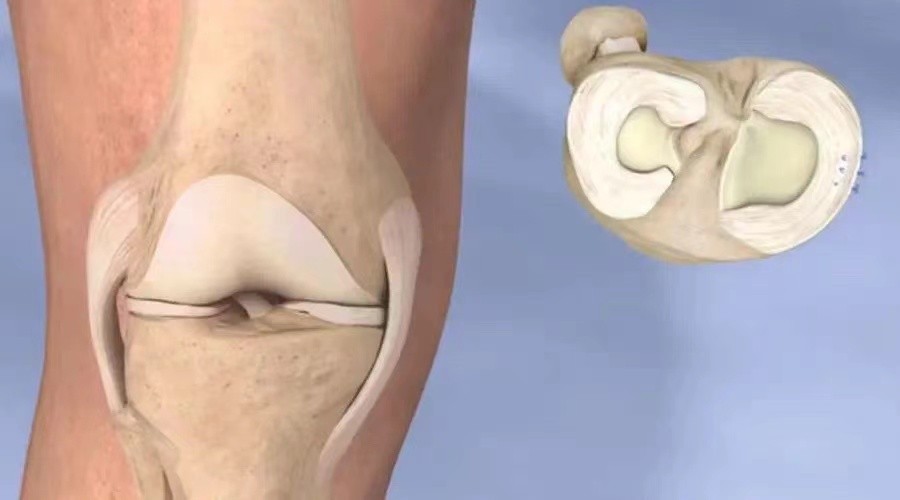
The knee joint is one of the most complex joints of the human body. The meniscus of the knee joint is located between the distal end of the femur and the plateau of the tibia. It is made of fibrocartilage. The lateral meniscus is O-shaped, and the medial meniscus is C-shaped. The meniscus is not a “non-functional residual tissue”. On the contrary, the meniscus is a good complement to the anatomical mismatch between the distal femur and the proximal tibia, since the medial and lateral condyles of the distal femur are convex, the medial platform of the tibia is slightly concave and the lateral platform is also convex.
The primary function of the meniscus is to redistribute forces between the tibiofemoral joint. The secondary role is to stabilize the knee through coordination with other structures around the joint. The meniscus also plays a possible role in joint lubrication and proprioception.
If the meniscus is completely resected, the alignment and stress distribution of the lower limbs will be altered. It will also accelerate the degeneration of the knee joint in the long term, leading to arthritis.
- How is the meniscus injured?

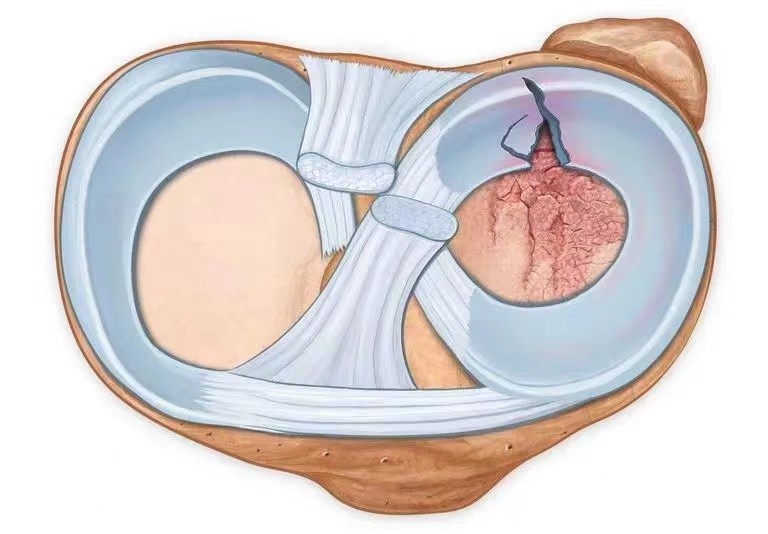
Key points: Trauma is a common cause, and injury can also occur due to degeneration and abnormal morphological development.
The most common cause of meniscus injury is trauma, which is more frequently seen in indirect trauma including torsion of the knee, such as sudden change of direction or sudden stop and turn when playing basketball. These injuries can damage the meniscus in isolation, or they may be accompanied by damage to other structures, such as ACL, PCL, MCL, etc.
However, some patients may complain about meniscus injuries without obvious trauma. For example, a degenerative meniscus injury. In this situation, injuries can occur from minor trauma or even no trauma, owing to the knee joint and meniscus degeneration and aging.
There is another situation, “discoid meniscus” injury: the meniscus of some people is “discoid-shaped”, more commonly seen in the lateral meniscus, most of which appear bilaterally. The morphology of the meniscus is thicker and larger than normal, similar to the “big tongue”, and it is more prone to degeneration and injury.
3.What are the clinical manifestations of meniscus injury?
Key points: Pain, swelling, and limited ROM are common symptoms. Different signal grade on MRI means differently.
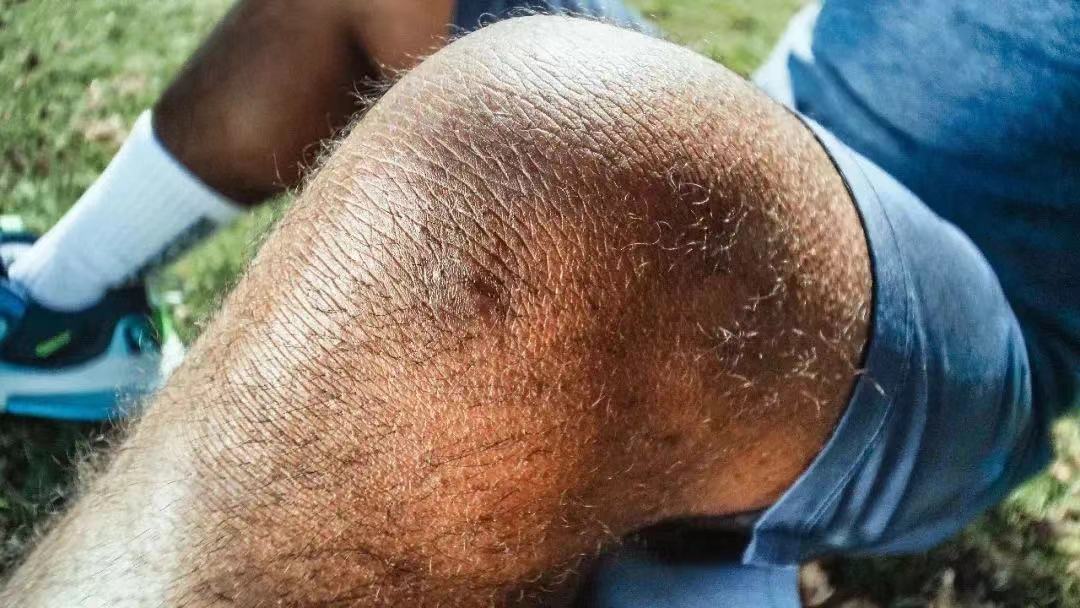
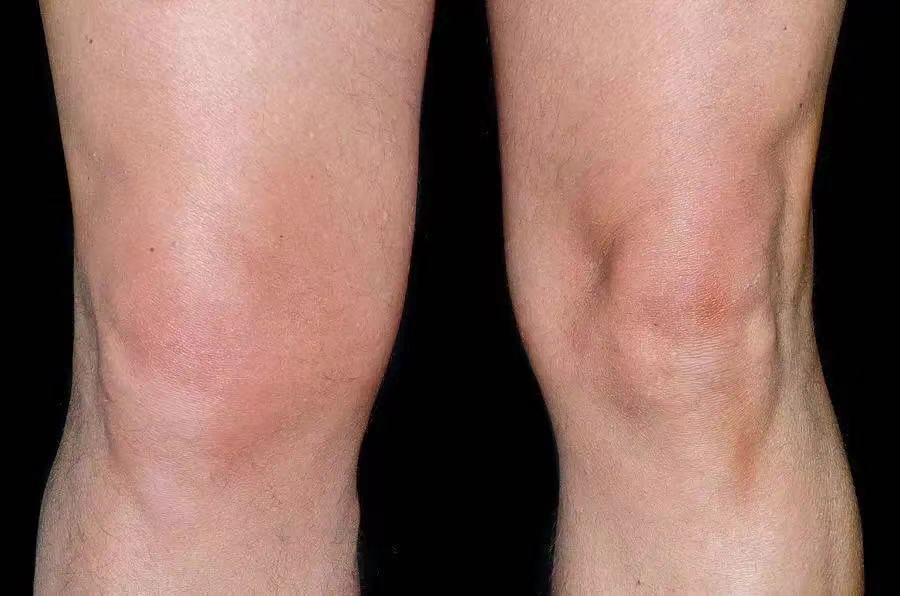
After a meniscus injury, the most common symptoms are knee joint pain, swelling, and limited range of motion (ROM). Some patients will experience “locking” and “giving away” of the knee.
When going to the hospital, the doctor will usually inquire about the mechanism of injury; conduct a physical examination and recommend and MRI.
Do you know the meaning of the grade I, II, and III signals of meniscus showing on the MRI?
The signal grades of the meniscus on MRI are as follows:
Grade 0: Normal meniscus, showing uniform low signal and regular shape;
Grade I: Small oval or spherical high signal within the meniscus, which does not reach the articular surface of it;
Grade II: Linear or horizontal high signal within the meniscus, which does not reach the articular surface of it;
Grade III: High signal within the meniscus that reaches one or two articular surfaces.
Among them, grades I and II signals mostly represent meniscus degeneration, which generally do not cause symptoms and will not need special treatment. Grade III represents meniscus injury or tear, and the treatment plan must be determined based on the type of tear as well as the clinical manifestations.
4.Do all meniscus injuries need surgery?
Key points: Not all meniscus injuries require surgery, and treatment plans should be carefully considered based on a number of factors relating to both the patient and the injury itself.
With the development of arthroscopic minimally invasive techniques, many meniscus injuries can be successfully managed by surgery. Surgical procedures include meniscus resection, repair, and reconstruction. However, there are still some types of injuries that can be treated conservatively, including the following: ① non-full-thickness meniscus tear; ② longitudinal tear of <1cm; ③ radial tear of <5mm; ④ “red” zone injury at the edge; ⑤ good stability of the injured meniscus; ⑥ low activity level of the patient; ⑦ degenerative meniscus injury (surgery still recommended if injury is accompanied by mechanical symptoms, such as snapping, locking, etc.).
The specific treatment plan for meniscus injury should be carefully formulated based on factors such as the patient’s age, activity level, and injury type.
5.What are the conservative treatments for meniscus injuries?
Key points: The “POLICE” principle for the acute phase. Rehabilitation

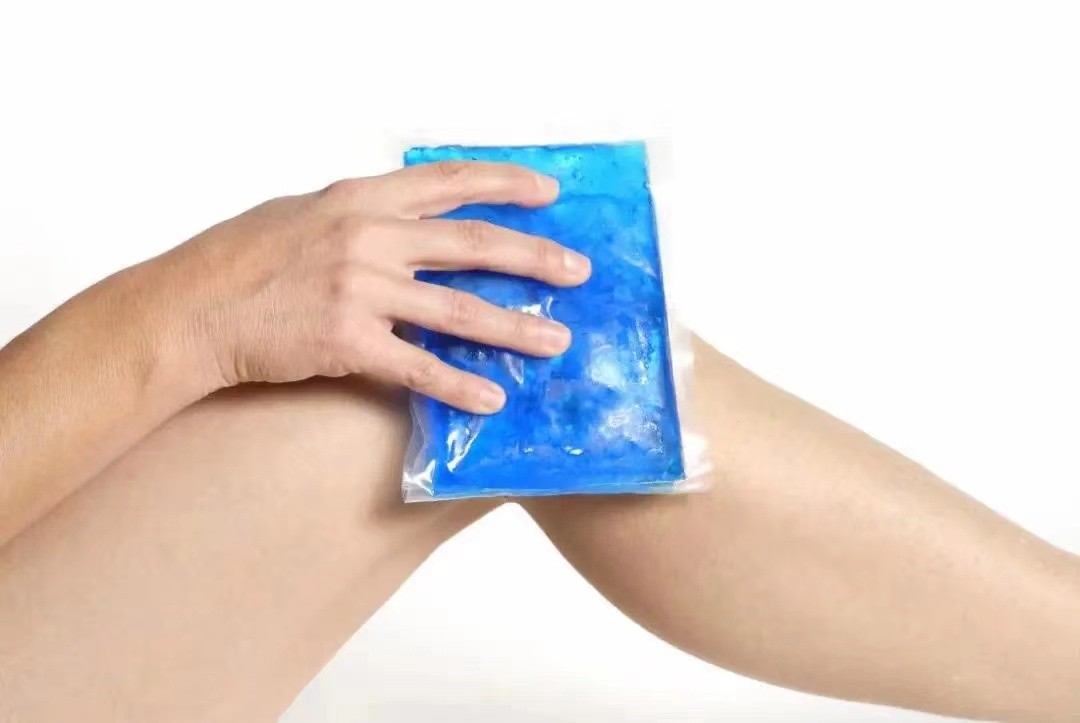
After the meniscus is injured, the acute treatment should follow the “RICE” or “POLICE” principles:
P: Protection, can be fixed with a knee brace;
OL: Optimal Loading, is the key to preventing joint stiffness, muscle atrophy and early protection of neuromuscular control;
I: Ice, ice pack to reduce soft tissue swelling and relieve pain.
C: Compression, can use elastic bandages for compression.
E: Elevation, raise the affected limb, above the level of the heart.
Acute and chronic pain can also be treated with anti-inflammatory and analgesic drugs that may be orally or externally used under the guidance of a physician.
Most importantly, rehabilitation can commence in the very acute stages of injury, and continues until returning to normal level of function. This includes muscle strength training around joints, joint mobility and stability training, neuromuscular control training, etc., to improve joint movement patterns, accelerate recovery, avoid re-injury and so on.
- How to prevent meniscus injury?
Key points: Scientific fitness guidance and targeted training, focusing on the local part as well as considering the whole body.
In order to prevent meniscus injury, in daily activities, we need to pay special attention to the strength training of the soft tissues around the knee joint (especially the quadriceps) and joint stability training. We should also get an exercise or health professional to provide guidance on optimal movement patterns. In addition, as with all exercises, a good warm-up before exercise, protection during exercise, and active recovery after exercise are all required.
There are also two misunderstandings that need to be clarified:
First of all, some people hold the opinion that most meniscus injuries occur from sports, not because of degeneration. They then incorrectly conclude that the risk of injury will be reduced if one does not participate in sports or exercises. This is not right! Without exercise, the strength of the muscles and the stability of the joints will decrease, which will increase the risk of injury from minor daily activities. In addition, the nutrition and metabolism process of the articular cartilage also need to be stimulated by moderate stress. Lack of exercise will accelerate the degeneration of the joints. Therefore, proper exercise and physical therapy is beneficial!
Another misunderstanding is that some people think it is already enough to focus just on the knee joint training rather than other parts of the body. This is also wrong! Any single movement or action is the synergy of the “kinematic chain” composed of multiple joints or parts of the whole body. The weakness of any of these links will be compensated by the other parts, but accompanied by increased loading and risk of injury. Therefore, the prevention of meniscus injuries or any other sports injuries should be focusing on the local part as well as considering the whole body. One of the examples are the adjacent joints training and core training.
In conclusion, the knee joint meniscus has important physiological functions. Injury can commonly be seen in trauma, or degeneration or abnormal morphological development. After injury, you need to see a doctor in time, and make a comprehensive treatment plan. Professional rehabilitation guidance and physical therapy are also required in order to prevent injuries.

